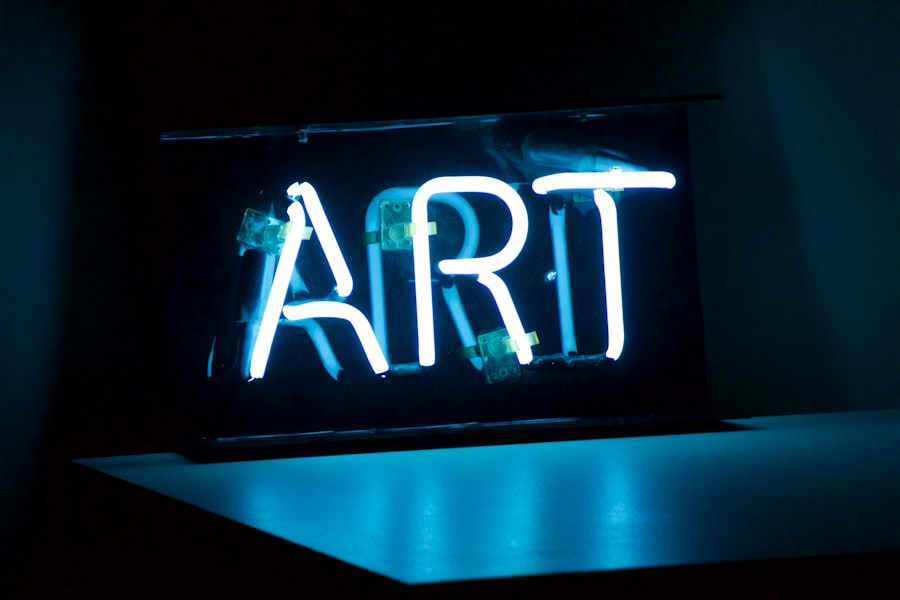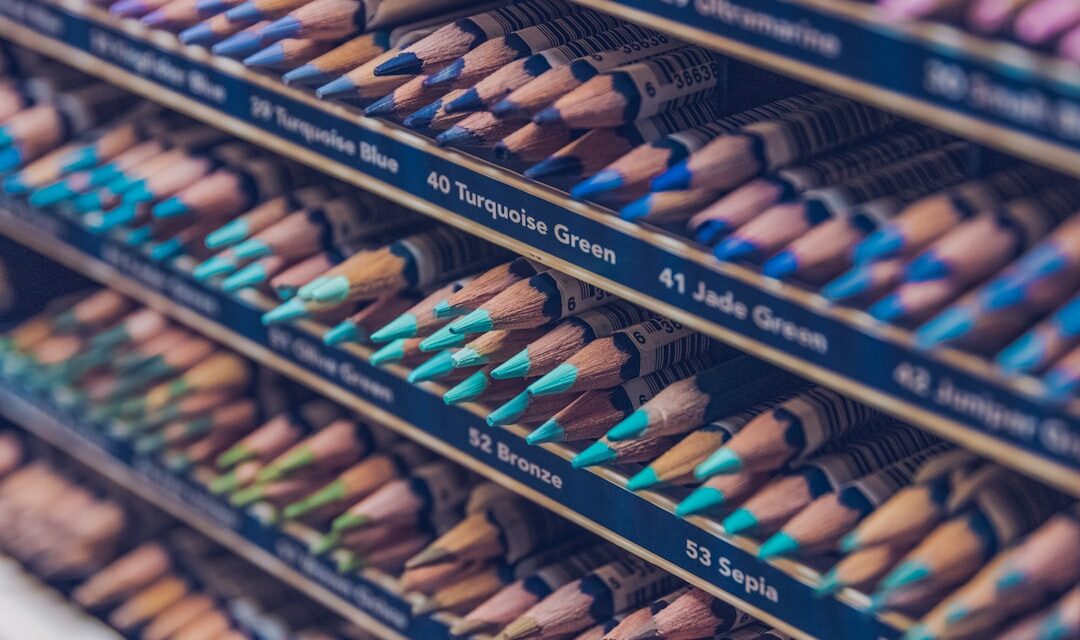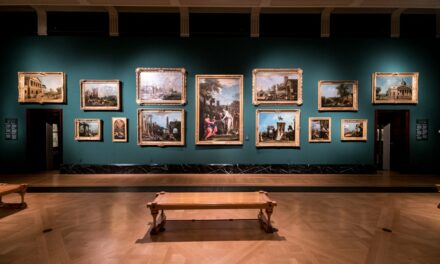In an age where the hustle and bustle of daily life can often overshadow our creative impulses, the establishment of a dedicated creative corner within the home has become increasingly significant. These spaces serve as sanctuaries for self-expression, allowing individuals to explore their artistic inclinations without the constraints of a traditional studio or workspace. A creative corner can be a refuge where one can escape the mundanity of everyday tasks, fostering an environment that encourages imagination and innovation.
By carving out a specific area for creativity, individuals signal to themselves that their artistic pursuits are valued and worthy of time and attention. Moreover, creative corners can play a pivotal role in enhancing mental well-being. Engaging in creative activities has been shown to reduce stress, improve mood, and even boost cognitive function.
When one has a designated space to create, it becomes easier to slip into a state of flow, where time seems to dissolve and the mind is free to wander. This not only nurtures personal growth but also cultivates a sense of accomplishment and fulfilment. In essence, a creative corner is not merely a physical space; it is a manifestation of one’s commitment to nurturing creativity and embracing the joy that comes from artistic exploration.
Summary
- Creative corners in the home are important for fostering creativity and providing a dedicated space for artistic expression and inspiration.
- When designing a creative corner, consider the location, lighting, and furniture to create a comfortable and inspiring environment.
- Organise and maximise space in your creative corner by using storage solutions, decluttering regularly, and utilising vertical space.
- Inspirational ideas for creative corners include creating a reading nook, art studio, or crafting area tailored to your interests and hobbies.
- Having a creative corner in the home can benefit mental well-being, productivity, and provide a space for relaxation and self-expression.
How to Design a Creative Corner
Designing a creative corner requires thoughtful consideration of both functionality and aesthetics. The first step is to identify the purpose of the space. Will it be used for painting, writing, crafting, or perhaps a combination of activities?
Understanding the primary function will guide decisions regarding furniture, storage solutions, and decor. For instance, an artist may require an easel and ample natural light, while a writer might prioritise a comfortable chair and a sturdy desk. Once the purpose is established, one can begin to curate the elements that will make the space both practical and inspiring.
Aesthetics play a crucial role in creating an inviting atmosphere. The colour palette should reflect personal taste and evoke the desired mood; soft pastels may inspire calmness, while vibrant hues can energise creativity. Incorporating personal touches such as artwork, photographs, or meaningful objects can further enhance the space’s character.
Additionally, consider the layout: an open design may encourage collaboration and social interaction, while a more enclosed setup might foster solitude and concentration. Ultimately, the goal is to create a harmonious environment that resonates with one’s creative spirit.
Organising and Maximising Space in a Creative Corner

Efficient organisation is key to ensuring that a creative corner remains functional and clutter-free. One effective strategy is to utilise vertical space by incorporating shelves or wall-mounted storage solutions. This not only maximises available area but also keeps essential materials within easy reach.
Clear containers or labelled boxes can help maintain order, allowing for quick access to supplies while preventing chaos from taking over the creative process. Additionally, consider using multi-functional furniture; for example, an ottoman that doubles as storage can provide both seating and space for art supplies. Another important aspect of organisation is establishing a routine for maintaining the creative corner.
Regularly assessing what materials are necessary and which can be discarded or donated helps keep the space fresh and functional. It may also be beneficial to create designated zones within the corner for different activities—such as a painting area, writing nook, or crafting station—ensuring that each pursuit has its own space while still feeling cohesive. By implementing these organisational strategies, one can cultivate an environment that not only inspires creativity but also promotes productivity.
Inspirational Ideas for Creative Corners
When it comes to designing a creative corner, inspiration can be drawn from various sources. One popular idea is to create an art wall where finished pieces can be displayed alongside works in progress. This not only adds visual interest but also serves as a constant reminder of one’s creative journey.
Incorporating a pinboard or magnetic board can provide a space for ideas, sketches, or quotes that inspire creativity, allowing for easy updates as new thoughts emerge. Another innovative concept is to integrate nature into the creative corner. Plants have been shown to enhance mood and productivity, making them ideal companions for artistic endeavours.
Consider adding potted plants or hanging greenery to breathe life into the space. Additionally, natural light is crucial; positioning the creative corner near a window can provide both illumination and a connection to the outside world. This interplay between nature and creativity can foster an invigorating atmosphere that encourages exploration and experimentation.
The Benefits of Having a Creative Corner
The advantages of having a dedicated creative corner extend far beyond mere aesthetics or organisation; they encompass emotional, psychological, and even social benefits. Firstly, having a personal space for creativity allows individuals to engage in self-discovery and personal expression. This exploration can lead to increased self-esteem as one develops skills and produces tangible results from their efforts.
Furthermore, it provides an opportunity for mindfulness—a chance to disconnect from technology and immerse oneself in the present moment through artistic pursuits. Socially, a creative corner can serve as a gathering place for friends or family who share similar interests. Hosting art nights or crafting sessions can foster community and collaboration, allowing individuals to learn from one another while enjoying each other’s company.
This shared experience not only strengthens relationships but also enriches one’s own creative practice through diverse perspectives and ideas. Ultimately, the benefits of having a creative corner are manifold, contributing positively to both individual well-being and social connections.
Creating a Productive and Inspiring Environment in Your Creative Corner

To cultivate an environment that is both productive and inspiring within your creative corner, it is essential to strike a balance between comfort and functionality. Ergonomic furniture plays a vital role in ensuring that long hours spent creating do not lead to discomfort or fatigue. A supportive chair paired with an appropriately sized desk can make all the difference in maintaining focus during artistic endeavours.
Additionally, incorporating elements that stimulate creativity—such as mood boards or inspiring quotes—can help keep motivation levels high. Lighting is another critical factor in creating an inspiring atmosphere. Natural light is ideal; however, if this is not feasible, consider investing in adjustable task lighting that mimics daylight.
Warm-toned bulbs can create a cosy ambiance while ensuring that colours remain true during the creative process. Furthermore, incorporating sound—whether through music or ambient noise—can enhance concentration and foster an enjoyable working environment. By thoughtfully considering these elements, one can create a space that not only inspires creativity but also supports productivity.
Incorporating Technology in Your Creative Corner
In today’s digital age, technology plays an integral role in many creative practices. Incorporating technology into your creative corner can enhance your artistic experience while providing access to an array of resources and tools. For instance, digital drawing tablets have revolutionised the way artists create, allowing for endless possibilities in terms of style and technique.
Similarly, writers may benefit from using software designed specifically for drafting and editing manuscripts, streamlining their workflow. However, it is essential to strike a balance between technology and traditional methods of creation. While digital tools offer convenience and efficiency, they should not overshadow the tactile experience of working with physical materials such as paint or paper.
Consider creating designated areas within your creative corner for both digital and traditional practices; this allows for flexibility while ensuring that each medium receives its due attention. By thoughtfully integrating technology into your creative space, you can expand your artistic horizons while maintaining a connection to traditional forms of expression.
Maintaining and Refreshing Your Creative Corner
Maintaining a creative corner requires ongoing attention to ensure it remains an inspiring space for artistic exploration. Regularly reassessing the organisation of materials is crucial; as new projects arise, it may be necessary to adjust storage solutions or declutter items that are no longer needed. Establishing a routine for tidying up after each session can help prevent chaos from accumulating over time, allowing for seamless transitions between projects.
Refreshing your creative corner periodically can also reignite inspiration and motivation. This could involve rearranging furniture, changing decor elements, or even introducing new materials or tools into the mix. Seasonal changes can provide an excellent opportunity for this refresh; consider incorporating seasonal colours or themes into your space to keep it dynamic and engaging.
By committing to regular maintenance and refreshing your creative corner, you ensure that it remains a vibrant sanctuary for creativity—a place where ideas flourish and artistic expression thrives.
If you are interested in exploring more about the art world, you may want to read about the painting “Twenty Cent Movie” (1936) by Reginald Marsh. This article provides an introduction to the artist and his work, giving insight into his unique style and influences. To learn more about this fascinating piece, visit this link.



